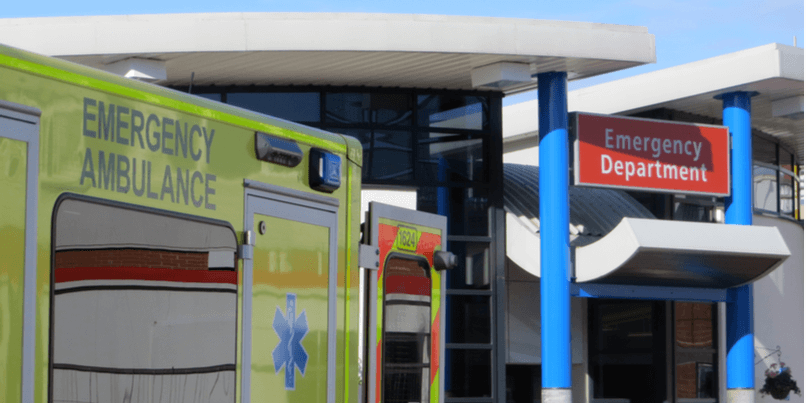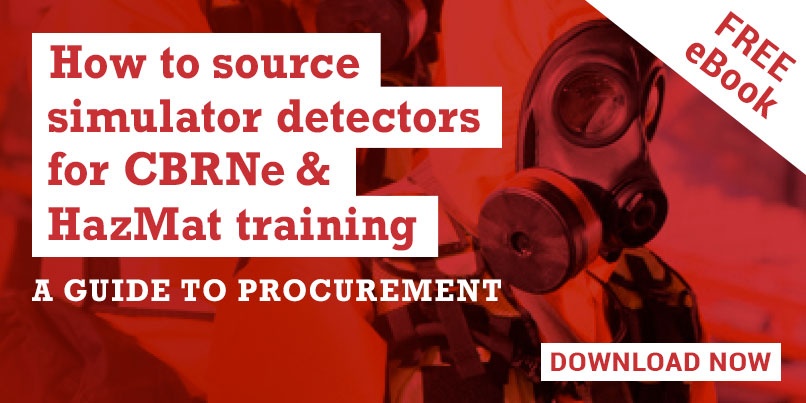 CBRNe and HazMat incidents have the potential to contaminate large numbers of the general public.
CBRNe and HazMat incidents have the potential to contaminate large numbers of the general public.
In addition to dealing with the casualties brought in by emergency first response teams there is also the need to manage the self-presenters and the "worried well" - all of which can result in immense pressure being placed on emergency departments.
Hospitals and healthcare facilities need to be able to plan for, and respond to, a wide range of large-scale events - from extreme weather events such as cyclones or floods, to wide-spread IT failure, a major transport accident, the outbreak of an infectious disease or a terrorist attack.
So what action is the UK's National Health Service (NHS) taking to prepare for the rare but potentially devastating threat of CBRNe and HazMat incidents?
At the recent CBRNe Summit Europe, the Network Manager of the NHS Emergency Preparedness, Resilience and Response (EPRR), Jess Child, provided conference attendees with a comprehensive overview of the NHS's current CBRNe preparedness strategies.
In this blog post we share some of the key facts from her presentation.
The Civil Contingencies Act 2004
The Civil Contingencies Act 2004 (CCA 2004) is a UK Act of Parliament that provides a framework for the UK's emergency planning arrangements.
The act sets out four key phases - prevention, preparedness, response and recovery - and covers all major incidents, from the accidental release of Hazardous Materials to the deliberate release of CBRNe agents.
The role of category 1 responders
Category 1 responders are comprised of the organisations that sit at the core of emergency response - including emergency service providers, NHS bodies and local authorities.
Among the Category 1 responders' civil protection duties are:
- The assessment of the risk of an emergency occurring and the application of this information as an aid to contingency planning
- The putting in place of emergency plans and business continuity management arrangements
- Making information about civil protection issues available to the public and warning/informing/advising the public in the event of an emergency
- Sharing information, and cooperating, with other local responders to aid the coordination and efficiency of emergency response
NHS incident levels
For the NHS, civil incidents are classed into one of four levels based on the degree of collaboration and tactical support that is required:
Level 1 - a business continuity incident (any event that can be responded to, and managed by, a local health care provider as part of their "business as usual" activities)
Level 2 - an incident that requires the response of a group of health care providers within a "defined health care economy" and that is coordinated by the local NHS commissioner/s in cooperation with the NHS England local office
Level 3 - an incident that requires the response of a number of health care organisations across a wider geographical area, and with collaboration with local commissioners at a tactical level
Level 4 - an incident that requires the support of NHS National Command, in coordination with local commissioners at a tactical level
CBRNe / HazMat Incidents
All acute hospital emergency teams are trained to perform clinical decontamination using personal protective equipment (PPE).
Access to specialist agent identification is also available through a variety of national service organisations including:
- Public Health England (PHE)
- National Arrangements for Incidents involving Radioactivity (NAIR)
- National Poisons Information Service (NPIS)
- Centre for Radiation, Chemical and Environmental Hazards (CRCE)
Characterising CBRNe incidents
When assessing a CBRNe incident, NHS emergency response teams need to be able to quickly identify the specific characteristics of an event.
For example, is there the potential for mass casualties and loss of life? Is there the risk of a hazardous environment? Could there be a combination of CBRNe materials involved?
What is the time-frame for administering antidotes or life-saving interventions? Is there a need for specialist pharmaceutical advice? Will mass decontamination systems be required? And is there the need for specialised detection equipment?
Early and rapid identification is essential for securing the scene and gathering vital information. And this approach is one that extends far beyond those personnel in a hospital's emergency department - to include those responsible for security, pharmacy, pathology and more.






